St Stephen’s Church Bandra is one of those churches that stands quietly tucked in one of the lanes of Bandra. The church is located on the same road just five minutes walking distance from the most famous church in Mumbai the Basilica of Our Lady of the Mount a.k.a Mount Mary Church Bandra.
Let me start this post with a confession. I’ve been to the Mount Mary Church Bandra several times in my lifetime. A few visits during my teenage days with my mother and later with Sarah. In all those visits, I’ve passed by St Stephen’s Church Bandra but I never had the thought to check it out. To be honest, I never knew it was a church.
However, this time I decided to explore it and add it to my Thursday Doors and church series posts. One of the main reasons why I chose this church is because a majority of the churches in Bandra are Catholic churches. However, this one stands apart as it is one of the few or maybe the only Anglican church in the area.
NOTE: Thank you Vivek for letting us in, showing and sharing the history of the church.
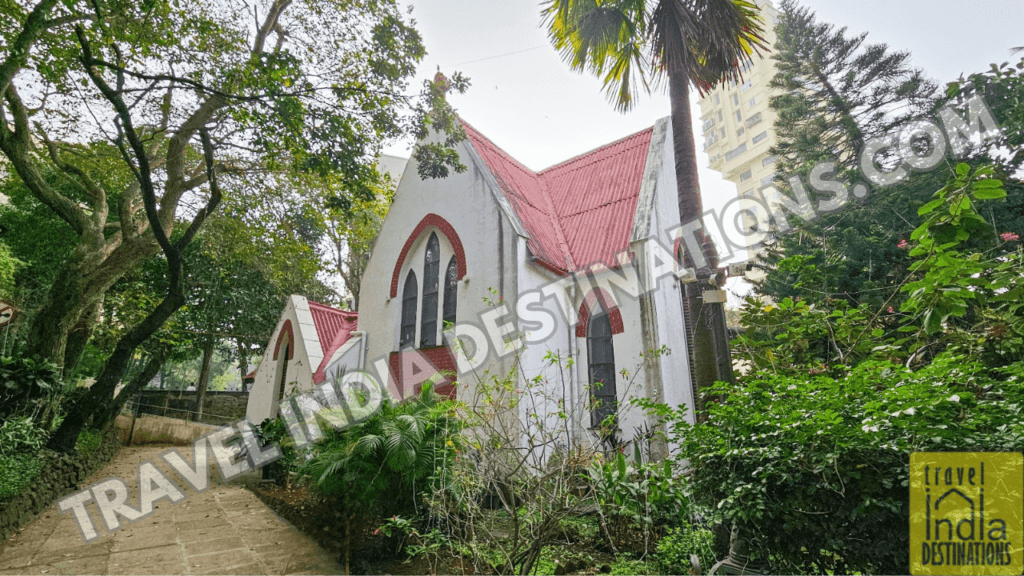
The Origin
As we go back in time, we focus on events where the Portuguese decided to hand over the seven islands of Bombay to the British. This is when Catherine of Braganza married King Charles II in 1661.
By 1668, King Charles II decided to lease the island to the East India Company. However, by this time, various Portuguese Jesuits converted the entire population of these villages into Catholics. Also, various famous churches like St Andrew’s Church and Mount Mary Church were built by this time.
In the 1700s, there were many battles fought between the East India Company, the Maratha Army and the Mughal Army. However, it was only after the Treaty of Bassein (now Vasai) of 1802 that Maratha ceded Bandra and many other territories to the British.
However, most British East India Company officers never made the seven islands of Bombay their home until 1831. Rev. Mitchell was the first British Protestant Christian who bought a plot in 1831. Subsequently, many other officers decided to settle in Bombay.
In 1838, the seven islands of Bombay were unified making it easier for the British to manage them efficiently. The reclamation of the seven islands of Bombay began in 1708. This means that it took 130 years to join all the seven islands.
However, the Salsette Island was still disconnected from Bombay and many devotees who wished to visit Mount Mary Church had to ferry through the Mahim Creek.
In 1845, the Mahim Causeway was ready and opened for the public courtesy of Avabai Jeejeebhoy who used her funds for the project. This eliminated the need to use ferries and connected Bandra to Bombay.
Thereafter, many English Protestant Christians began to settle in Bandra and manage their business from there. However, there was no Protestant Church in Bandra to cater to the spiritual needs of these newly settled English people.
In 1945, a plot of land was granted for the construction of a church on the hill close to Mount Mary Church. A small group of parishioners including John Vaupell of the Bombay High Court raised Rs.8000 for the construction of the church.
Hence, the St Stephen’s Church Bandra was established in 1845. However, the construction of the church building was completed only by 1853.
St Stephen’s Church was opened for worship on 26th December 1853. This day is also celebrated as St Stephen’s Day or called the Feast of Saint Stephen.
Rev. Gibson, the Chaplain of Thana took additional responsibility and became the First Chaplain of St Stephen’s Church Bandra.
Like many other churches in India, this church started as a chapel and was made into a church later.
The Architecture
In my opinion, St Stephen’s Church remains one of the smallest churches in Bandra. It still looks very much like a chapel and represents the Gothic Revival architecture. This was the most common architecture used in Britain for most public buildings.
One of the things I noticed upon visiting the church is the tall lancet windows with stained glass. The main entrance of the church faces west overlooking the Arabian Sea back in those days. However, you can still experience a cool breeze flowing into the church which makes it convenient for the congregation.
The altar is on the east side of the church. It is adorned by three high panels of stained glass each depicting three biblical events in the New Testament. The stoning of Stephen to death, the Ascension of Christ and Paul’s encounter with Jesus on the road to Damascus.
While the church was built in 1853 the stained glass panels were only installed after 1885.
The north and south side windows are identical in design and have wooden shutters. These windows have modern coloured glasswork added at the top.
On 26th December 1953, the church celebrated its centenary year. It was then that electric lights and fans were installed for the congregation.
On the west side of the church is a small cemetery along with a small garden beside it.
One can also see a single high window in the east wall which is done in Neo-Gothic style.
Tour of St Stephen’s Church Bandra
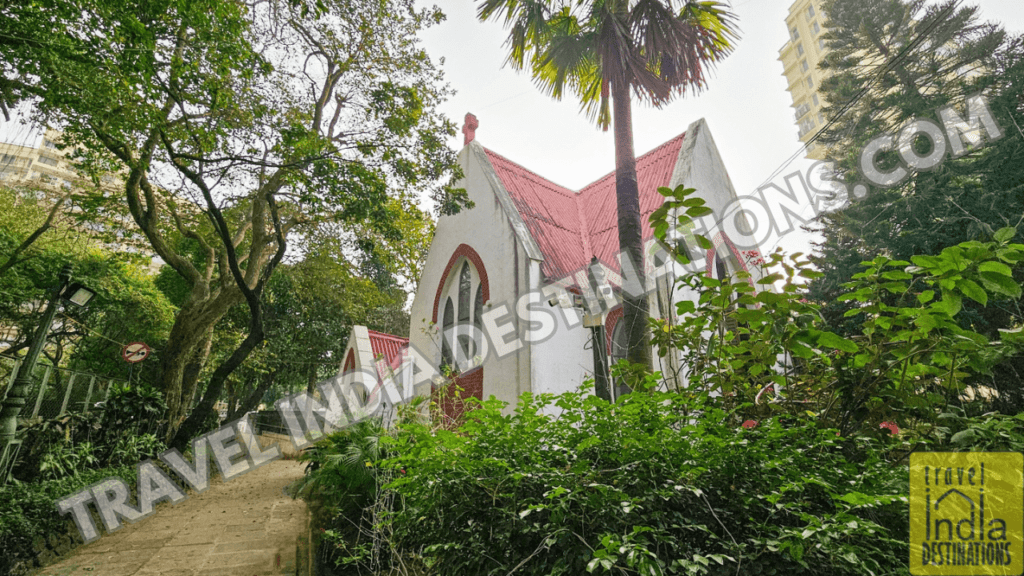
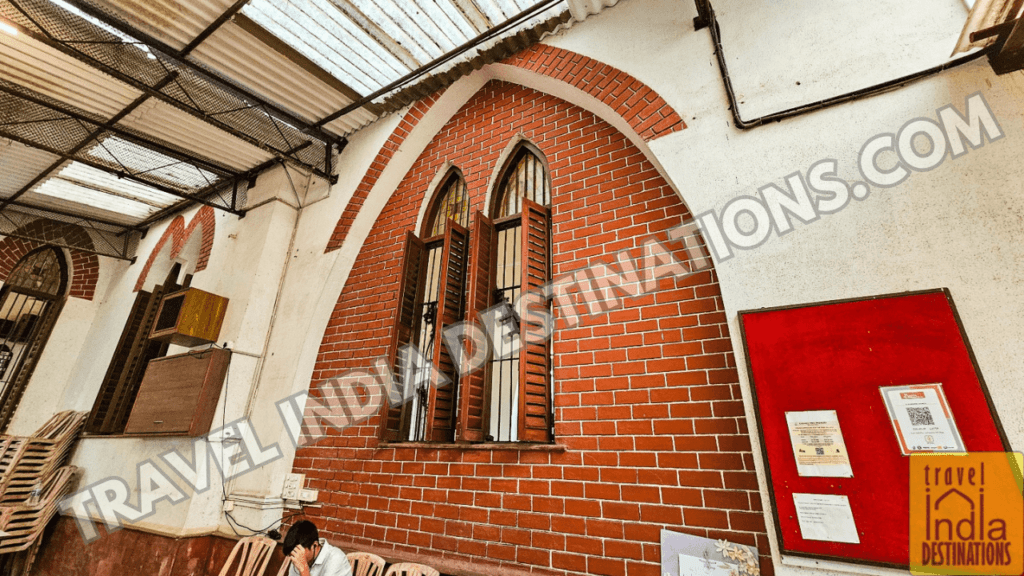
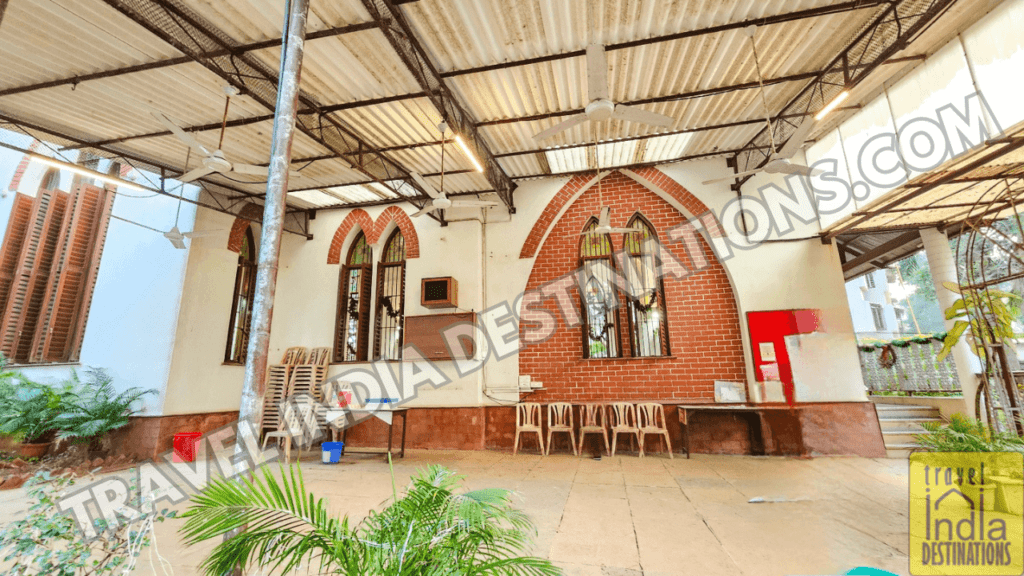
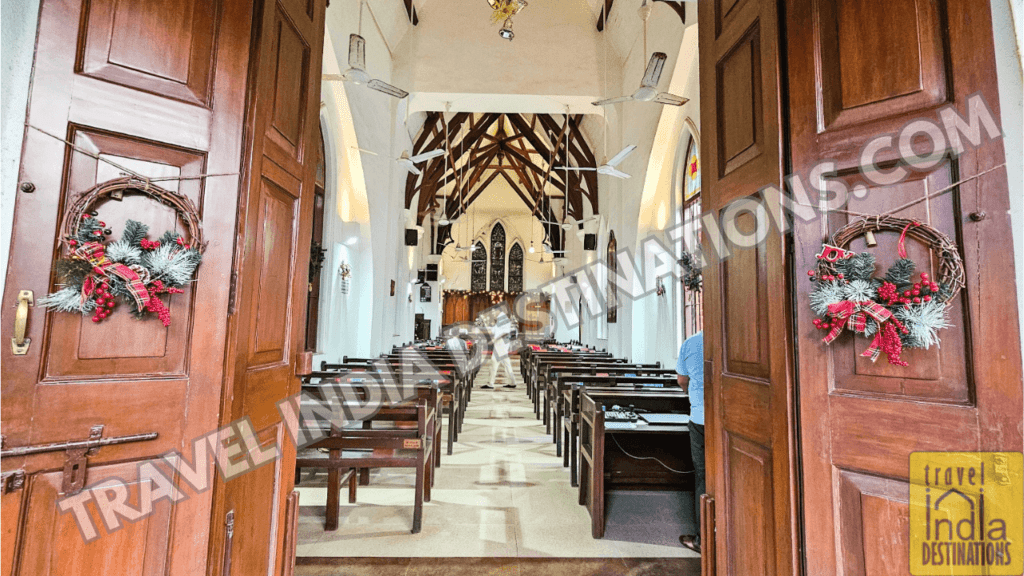
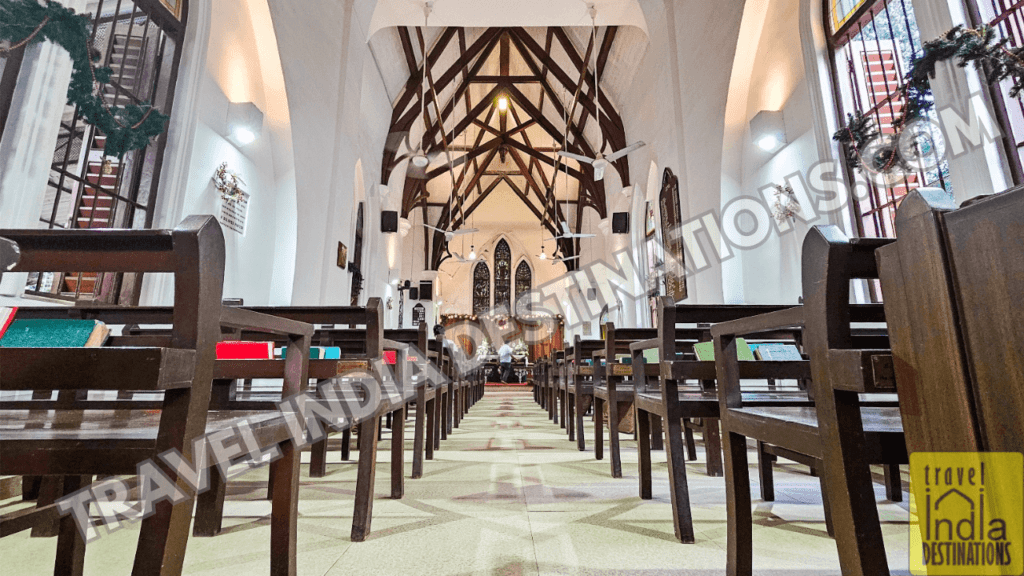
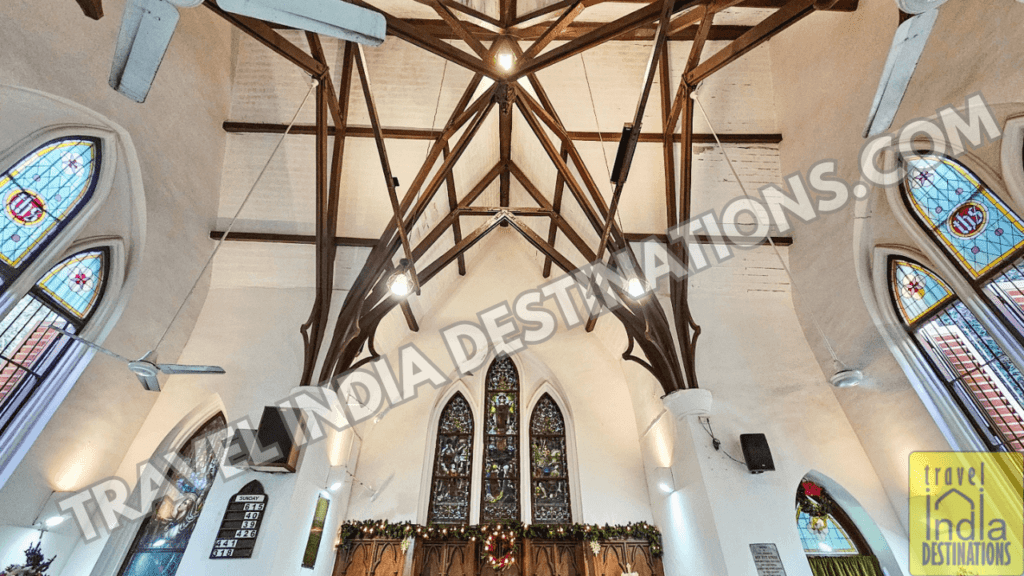
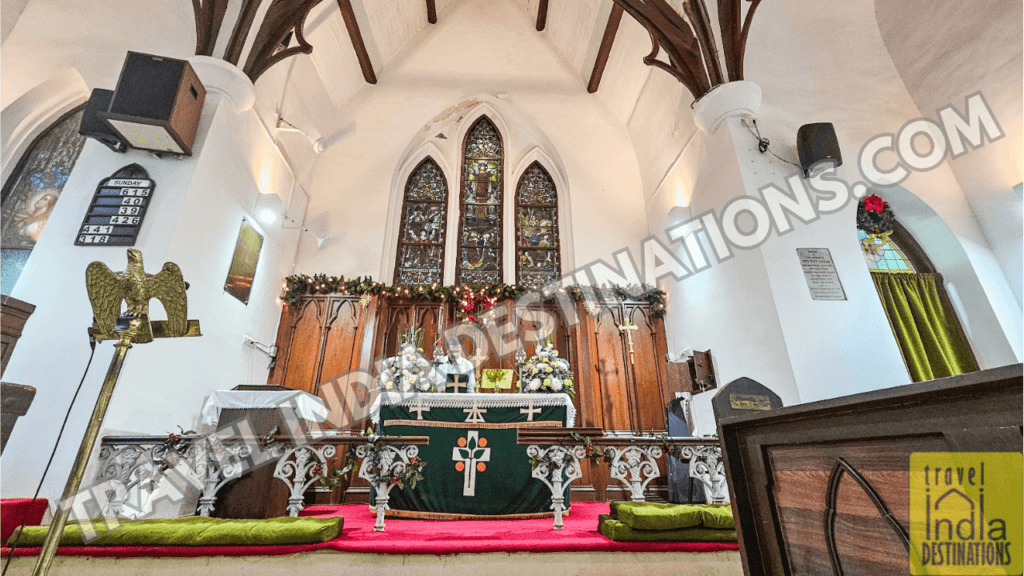
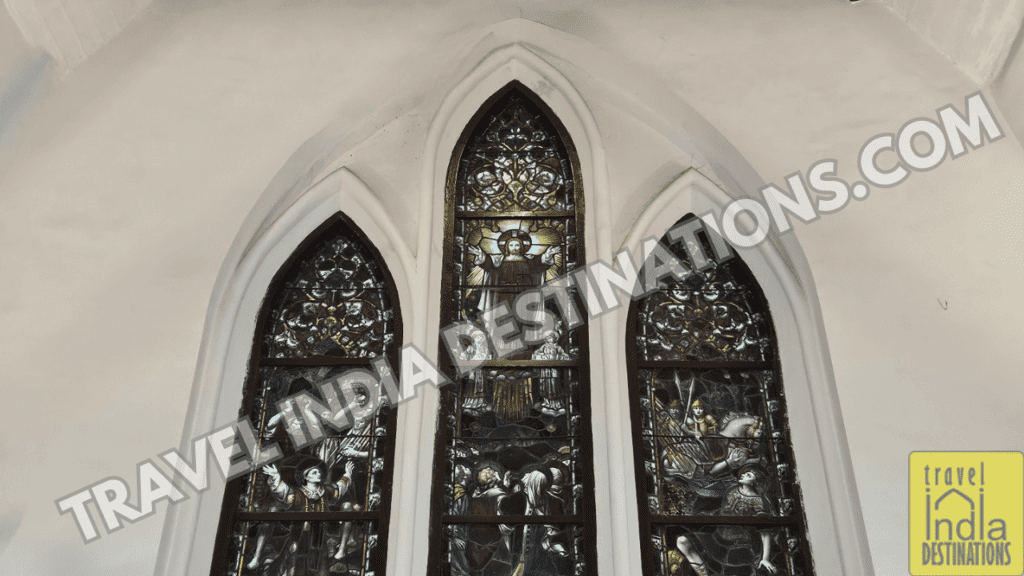
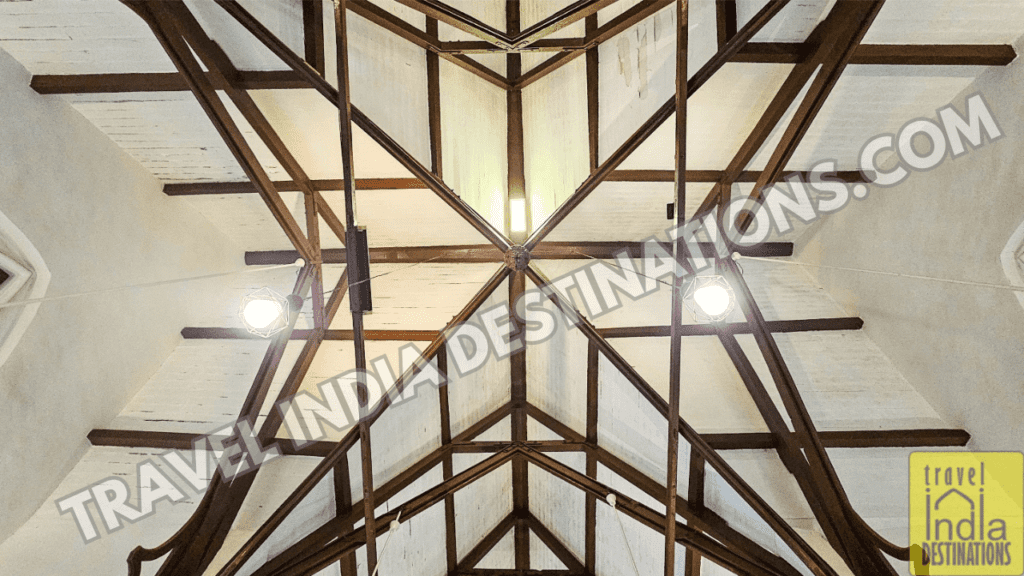
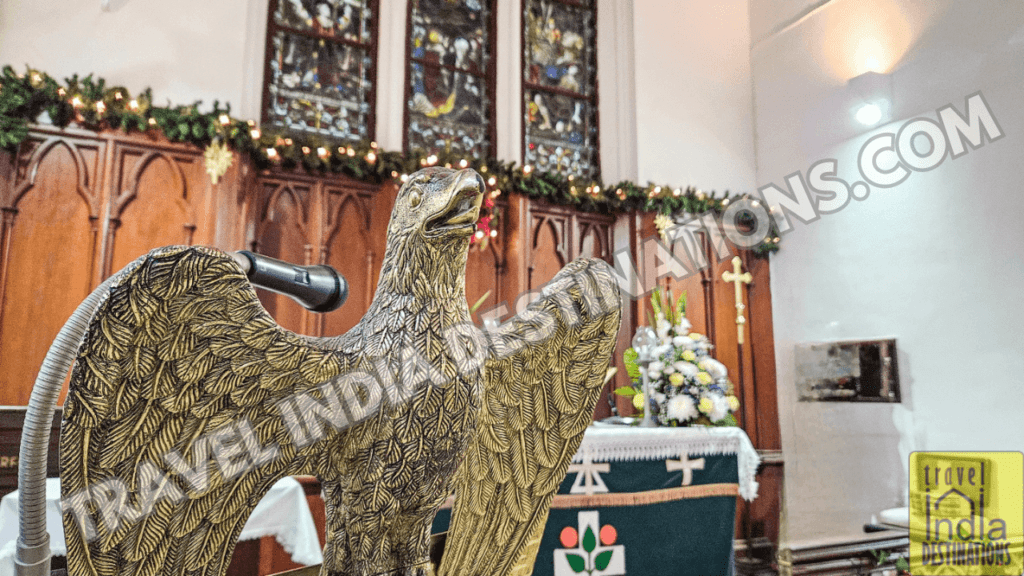
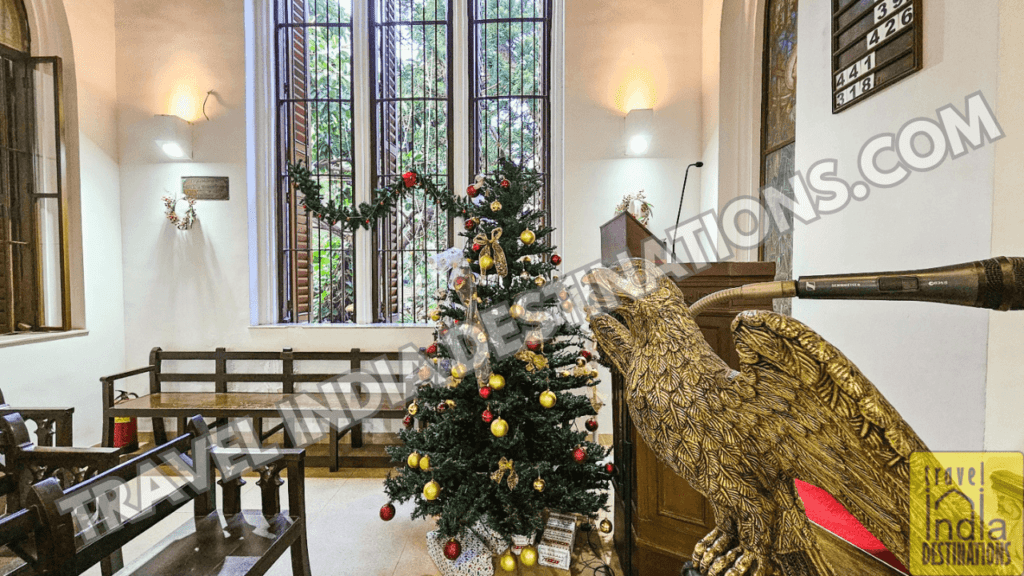
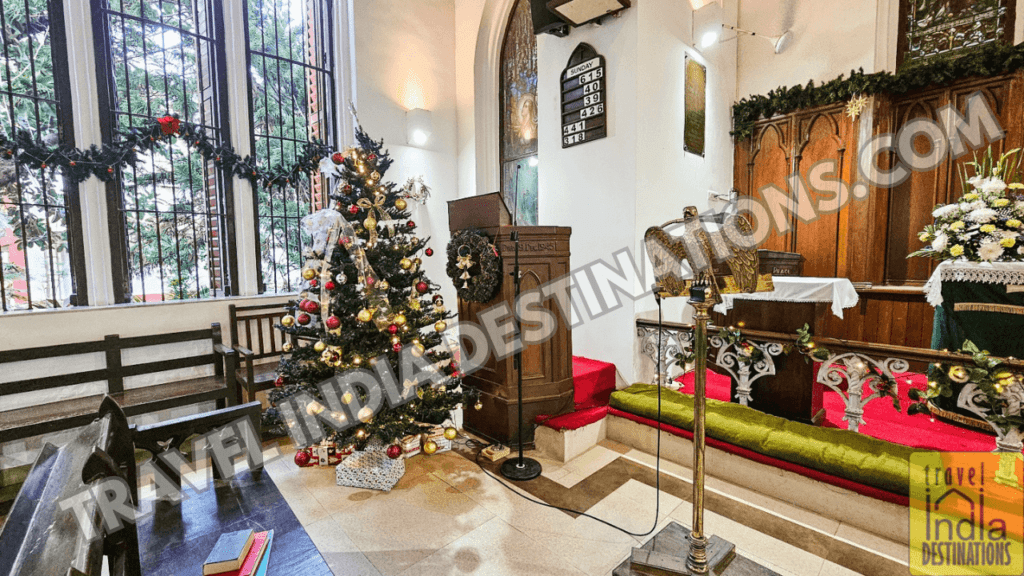
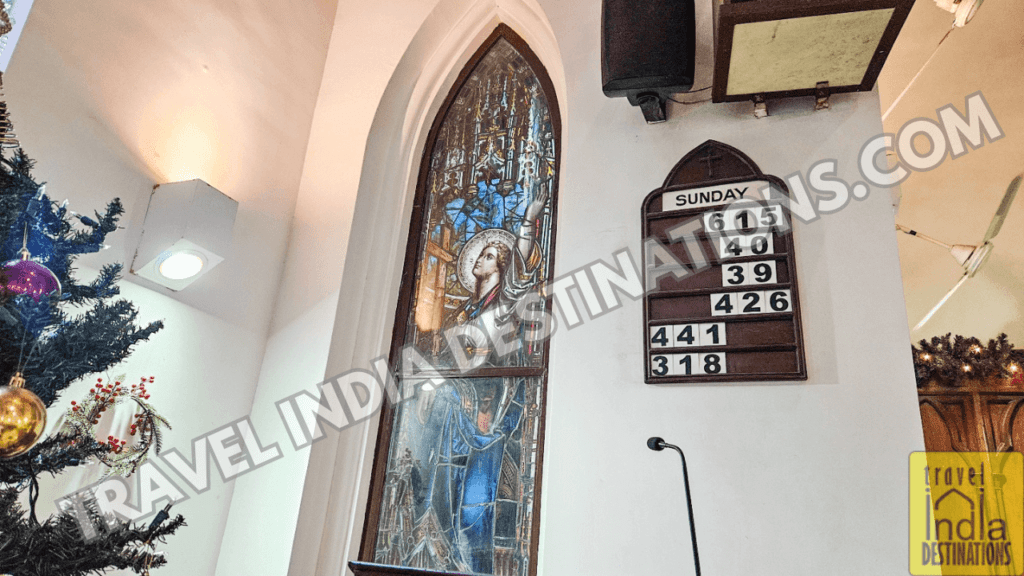
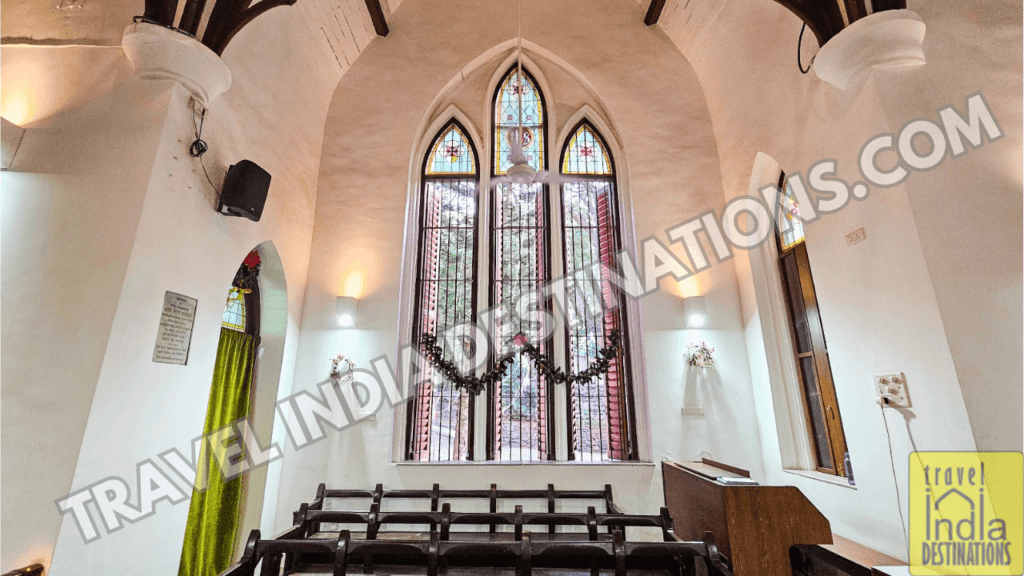
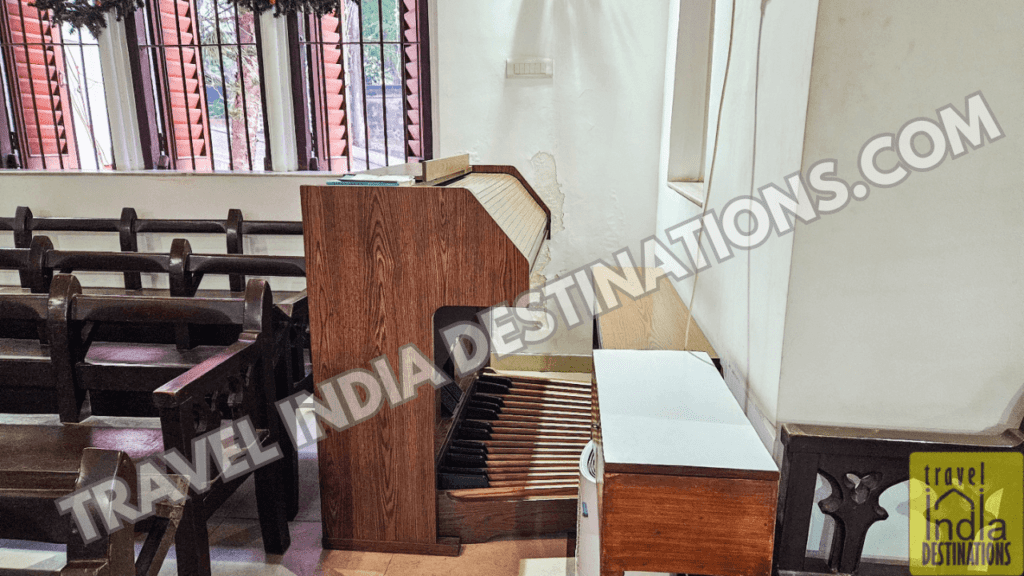
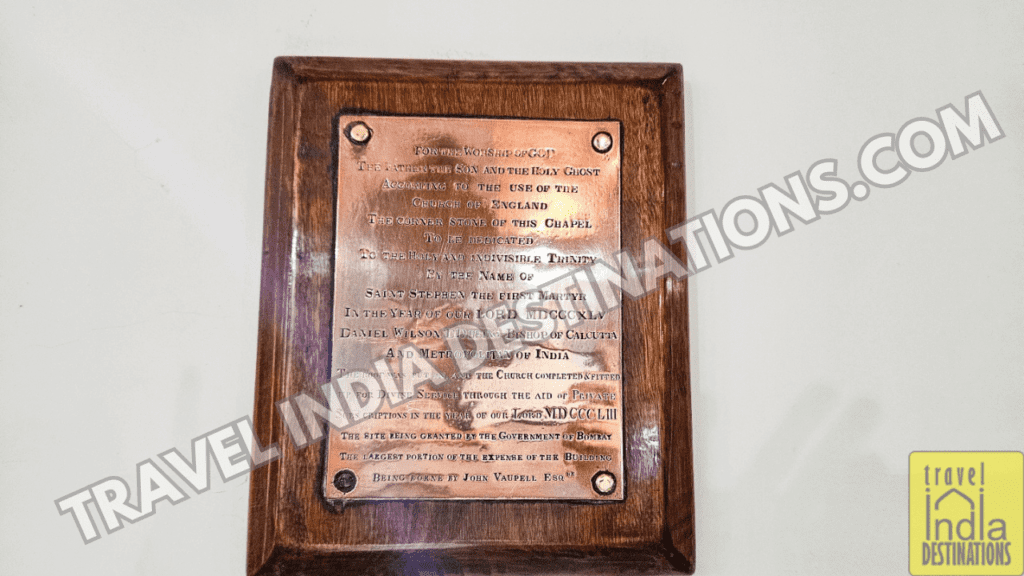
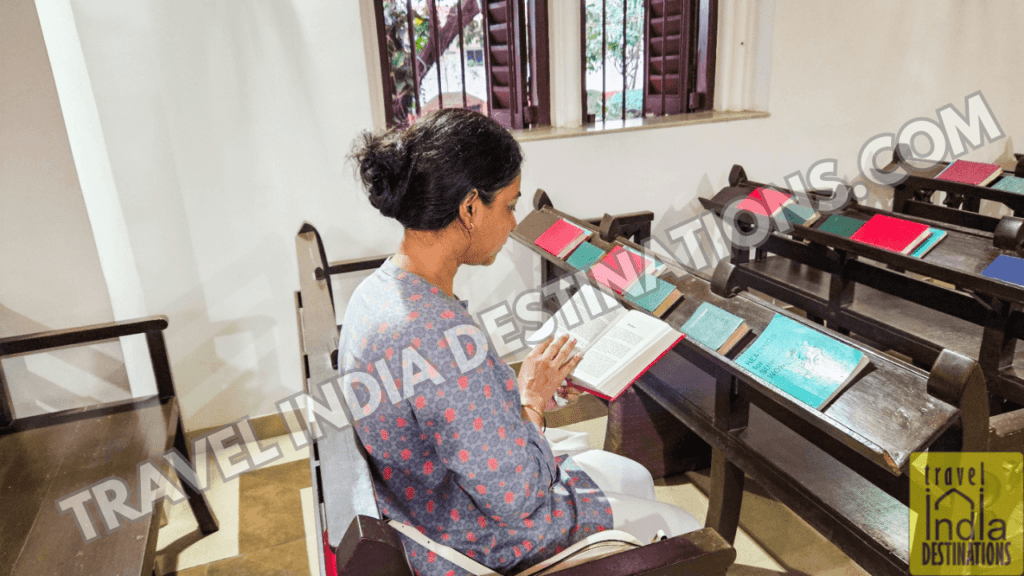
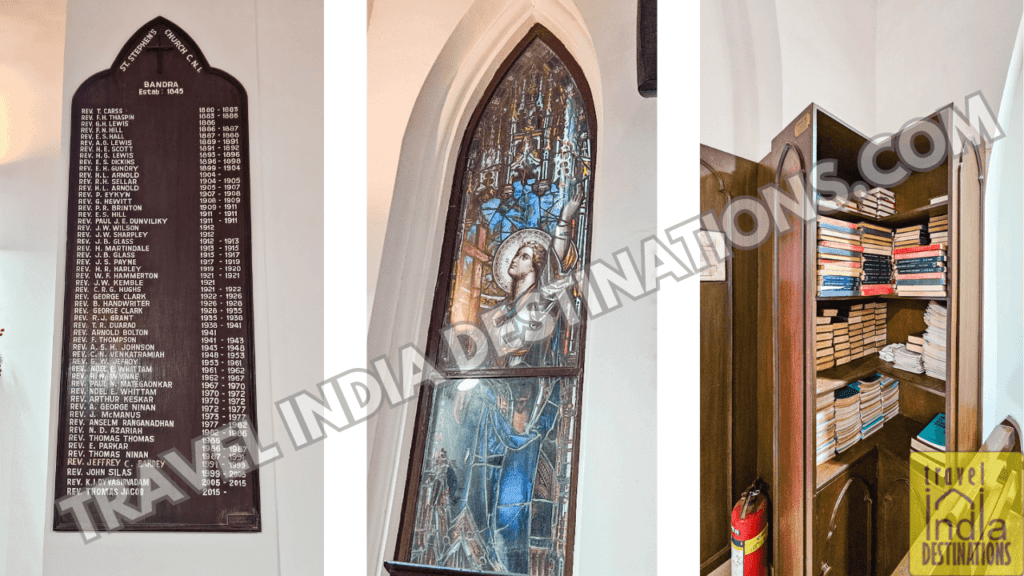
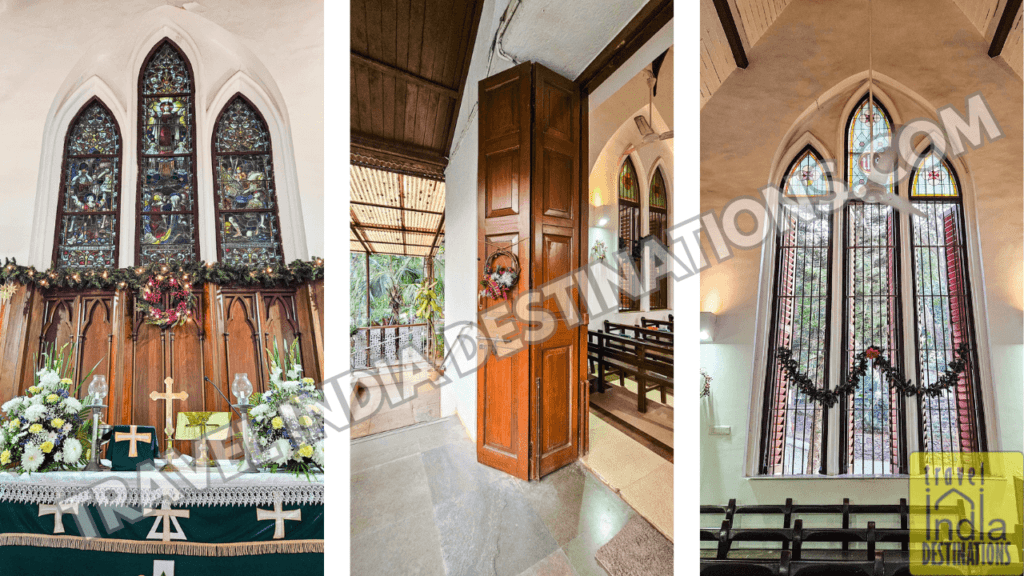
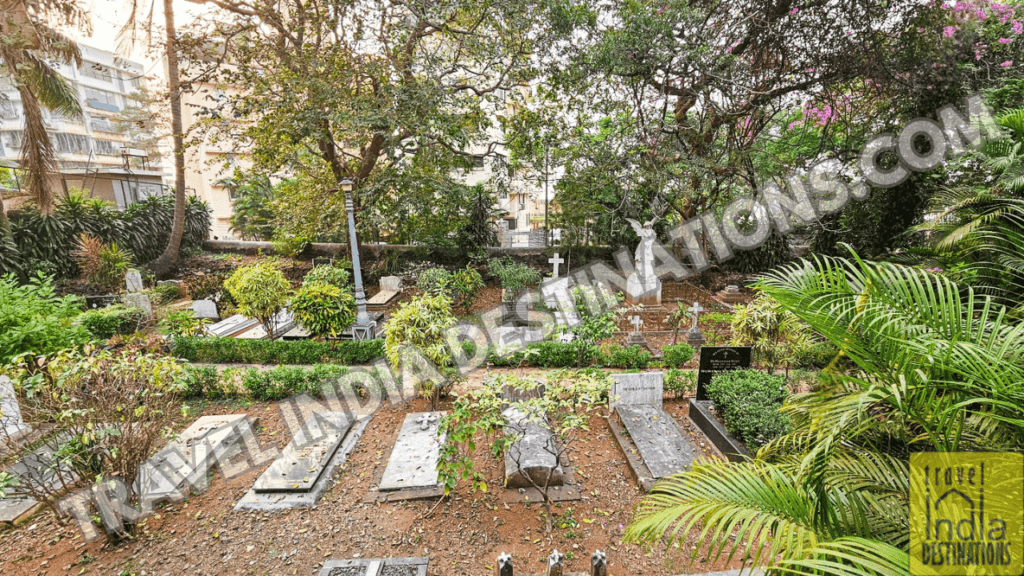
A Brief History of the Anglican Church in India
As more British officers entered and settled in Bombay more Anglican churches were built. Subsequently, it became the official church of the Government of India. One of the oldest Anglican churches in Bombay is the Saint Thomas Cathedral located in the Churchgate vicinity.
However, by 1855, the small congregation was unable to bear the increasing cost of repairs and maintenance of the chapel. John Harding, the Bishop of Bombay requested and wrote to Lord Elphinstone, Governor of Bombay to admit the sacred edifice in the list of Public buildings which the government would repair as and when required.
The East India Company received similar request from other smaller churches. For this, they created an Ecclesiastical Department to manage the expenses of the clergy and the maintenance of church buildings.
Up to 1930, all Anglican churches in India were administered by the Church of England directly.
The Creation of Church of India
However, before the British decided to leave they passed an Act in British Parliament to create an independent Church of India. This would empower the local Christian population to continue making their decisions in post-independent India.
By 1930, the Church of India had 14 dioceses across the entire British Indian Empire.
After the Partition of India in 1947, the Church of India was renamed as Church of India, Pakistan, Burma and Ceylon (CIPBC). The church also published its own version of the Book of Common Prayer. This served as the authorized liturgical text in all of the churches from thereon.
A month later in September of 1947, four southern dioceses split from CIPBC to form the Church of South India (CSI). This included South Indian Methodists, South Indian Presbyterians, Reformed and Congregationalists. Over the years, the Church of South India has grown considerably with a membership of four million members. It is the second-largest Christian church in India after the Catholic Church in terms of membership figures.
By 1970, the Church of North India (CNI) came into existence. It remains the dominant united Protestant church in northern India. This church includes Episcopal, Methodist, Presbyterian, Anglican and Reformed denominations. They cover almost all Indian states except the five southern states under the Church of South India. While the church covers more states, they have a total membership of two million members.
In Northeast India, which consists of Seven Sister States the Presbyterian Church of India is the main Protestant church with more than 1.5 million members in that region.
Today, St Stephen’s Church Bandra is a part of the Church of North India. It has various outreach and social programs which allow them to work on their vision based on the teachings of Jesus Christ.
Take a tour of Don Bosco Church in Matunga which is also one of the popular Catholic churches in suburban Mumbai.
4 comments
This church is so light and airy inside. I like the way it looks.
We loved it too, Dan. It has a very calming vibe to it.
I love this, Sharukh. It looks so charming, outside and inside. The windows are my favorite. They’re wonderful. Hugs to you and Sarah.
Hugs to you Teagan. Yeah the windows are quite beautiful.